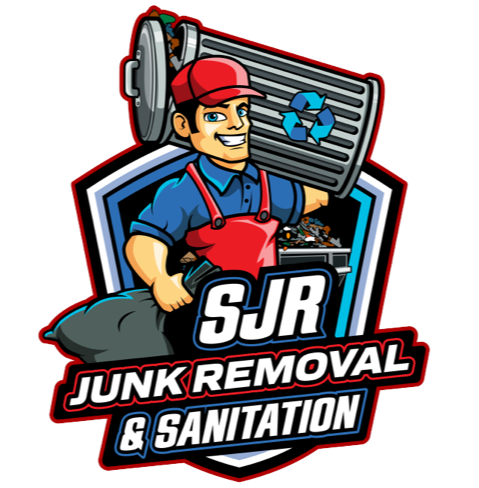Important Information Safely Shoveling Snow
1. Dress in Layers
- Wear moisture-wicking base layers to keep sweat off your skin and warm layers to trap heat. Don’t forget a hat, gloves, and boots to protect against the cold.
2. Use the Right Shovel
- Choose a shovel that’s the right size for you. A lightweight, ergonomically designed shovel will reduce strain on your back and arms.
- A curved or adjustable handle can minimize bending and reduce the strain on your lower back.
3. Warm Up First
- Treat snow shoveling like a workout. Do some light stretching or take a short walk to get your muscles warmed up and prevent injury.
4. Shovel Early and Often
- It’s easier to remove fresh snow than to wait for it to pile up. Try shoveling every few hours during a storm to keep the accumulation manageable.
5. Lift With Your Legs, Not Your Back
- Bend at the knees, not the waist, and lift with your legs instead of your back. This reduces the risk of back strain.
- Avoid twisting your body. Instead, pivot with your feet to throw the snow to the side.
6. Use Small Loads
- Take smaller scoops to prevent overexertion and avoid straining your muscles. You can always make multiple passes rather than trying to do it all in one go.
7. Pace Yourself
- Don’t rush it! Snow shoveling can be physically demanding, so take breaks when you need them. Drink water and rest to avoid exhaustion.
8. Clear Snow Early in the Day
- If possible, shovel early in the day before the sun sets. Snow that has sat overnight can become compacted and icy, making it much harder to remove.
9. Apply Ice Melt or Sand
- After shoveling, spread some ice melt or sand on your driveway and walkways to help prevent ice buildup and improve traction.
10. Watch for Ice Underneath the Snow
- Check for hidden ice patches while shoveling. Use a shovel with a flat edge to scrape these spots off and prevent accidents.
11. Avoid Overexertion
- If you have heart conditions or other health issues, it’s a good idea to ask for help or hire someone to shovel. Take breaks as needed to avoid straining yourself.
12. Clear Your Roof
- If there’s heavy snow on your roof, clear it off to avoid damage from snow and ice buildup. Use a roof rake with a long telescoping handle to remove the snow safely.
13. Use a Snow Blower
-
Consider using a snow blower if you have a large area to clear. It’s less strenuous than shoveling but still requires safety precautions like keeping hands away from the moving parts.
Shoveling snow can be a chore, but with these tips, you can make the job easier and safer!




